A common operation for slitters to change cutting knives of different types and specifications
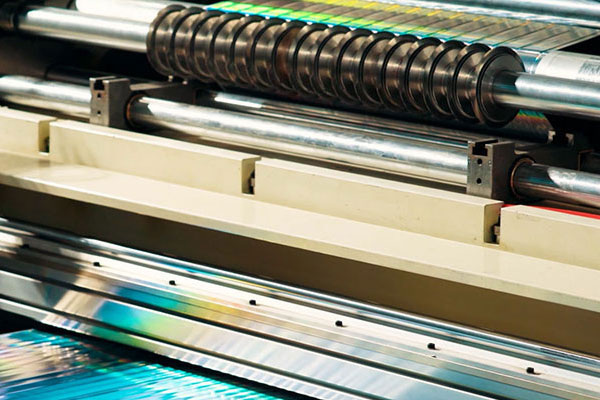
Slitters play an important role in industrial production, helping manufacturers to achieve automation and large-scale production of material processing through precise cutting operations.
The common operation of changing cutting knives of different types and specifications in a slitter usually requires the following steps:
1. Confirm safety: Before proceeding with the tool change, first make sure that the slitter is in a shutdown state and that there is no material or debris left in the cutting area. Also, wear appropriate protective gear, such as gloves and goggles, to stay safe.
2. Choose the right cutting tool: Choose the right cutting tool according to the type, thickness and shape of the material to be cut. Different materials may require tools of different materials, shapes, and sizes.
3. Unfix: Open the safety door of the slitting machine or remove the tool fixing screw, and remove the current cutting tool. Before removing the knife, make sure the knife is cooled to avoid burns.
4. Install the new cutter: Install the selected new cutting cutter to the cutter position of the slitting machine, and make sure the cutter is installed firmly. Depending on the specific structure of the slitter, it may be necessary to use appropriate tools and techniques to ensure that the cutter is installed correctly.
5. Adjust the cutting parameters: according to the specifications and material characteristics of the new cutter, adjust the cutting parameters of the slitter, such as tool pressure, speed and position, etc. The adjustment of these parameters usually needs to be tested and adjusted according to the actual situation to achieve the best cutting results.
6. Test run: Before moving on to formal production, a test run is carried out to ensure that the new cutter is installed correctly and the cutting effect meets the requirements. Observe whether there are abnormalities in the cutting process, and adjust and correct them in time.
7. Care and maintenance: Regularly inspect and maintain the slitting machine and knives to keep them in good working condition. Depending on the frequency and situation of use, the knives are changed regularly to ensure cutting results and production efficiency.
Through the above steps, the cutting knives of the slitter can be safely and effectively replaced to meet the cutting needs of different materials and specifications.
Recent Post
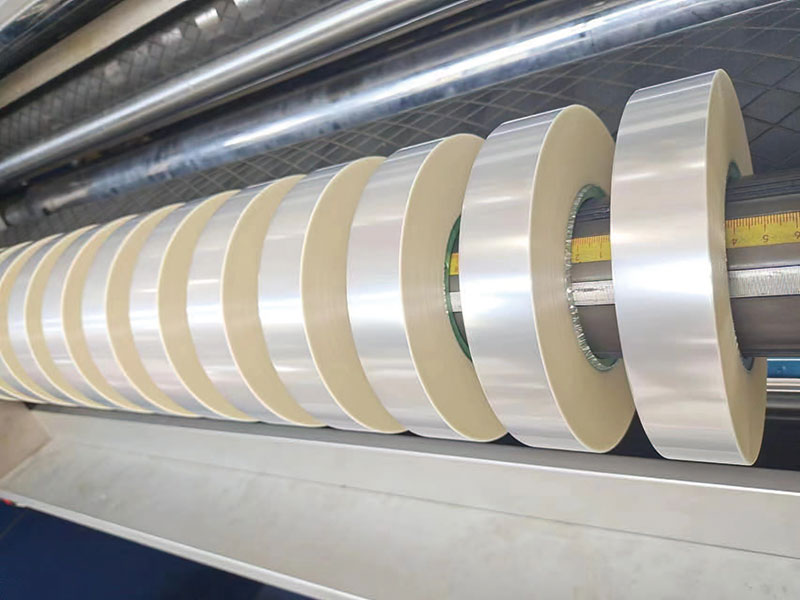 An overview of the slitter's functions: from basic operations to advanced cutting techniques
An overview of the slitter's functions: from basic operations to advanced cutting techniques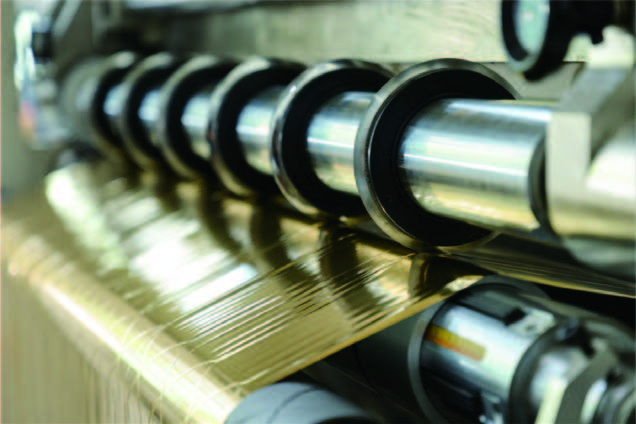 High-precision cutting: How does the slitting machine achieve the ultimate slitting accuracy of ±0.1mm?
High-precision cutting: How does the slitting machine achieve the ultimate slitting accuracy of ±0.1mm?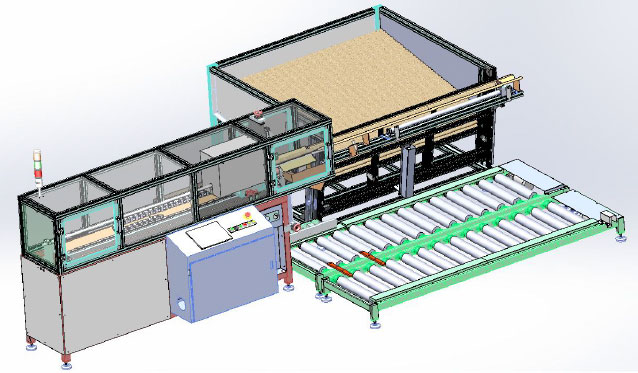 How to choose a high-precision paper tube cutter? Guide to key parameters
How to choose a high-precision paper tube cutter? Guide to key parameters Energy Optimization for Film Slitters: Which Designs Reduce Electricity Costs?
Energy Optimization for Film Slitters: Which Designs Reduce Electricity Costs?
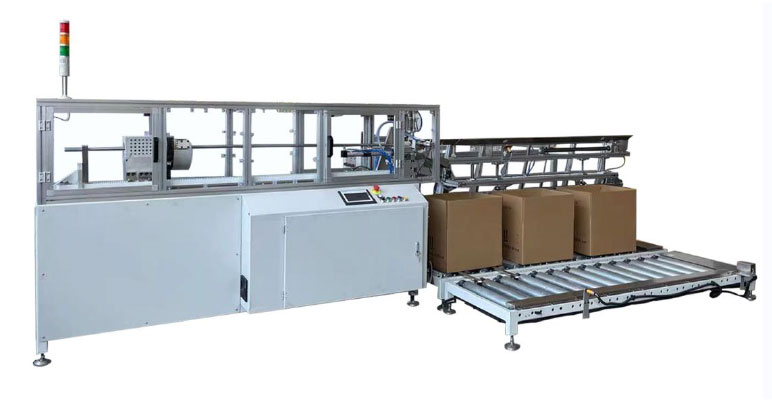 Automatic Paper Core Cutting Machine
Automatic Paper Core Cutting Machine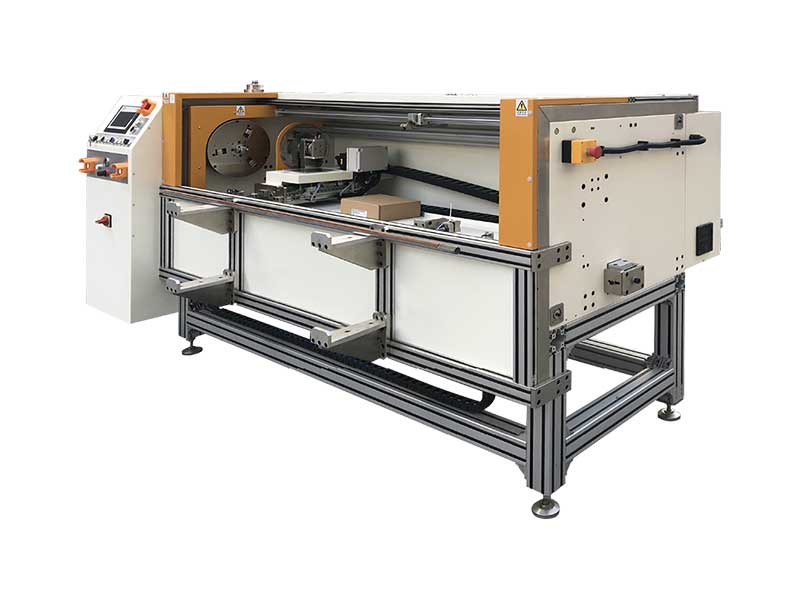 Automatic Foil Roll Cutting Machine
Automatic Foil Roll Cutting Machine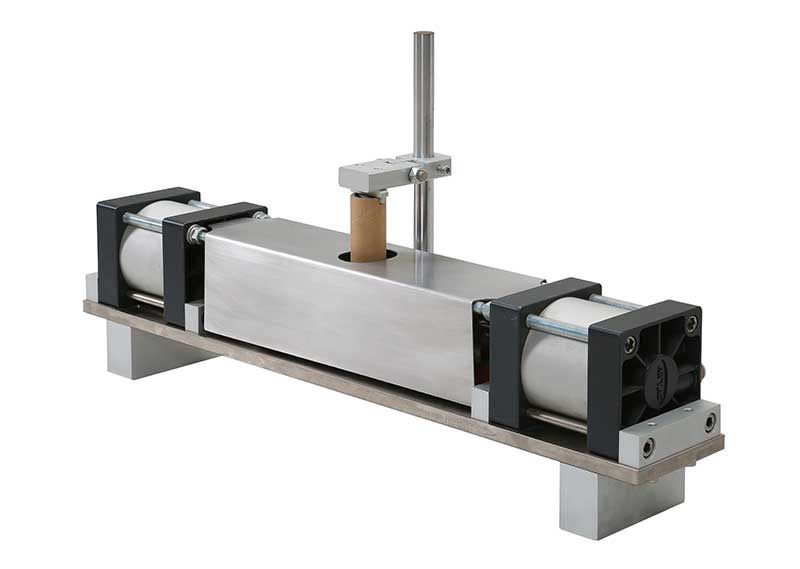 Paper Core Notch Puncher
Paper Core Notch Puncher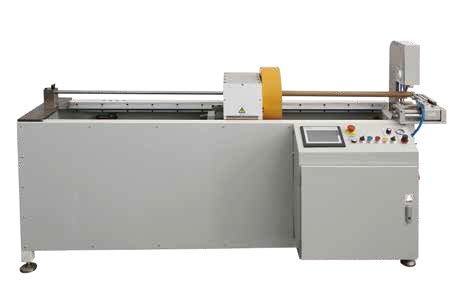 Semi Paper Core Cutting Machine
Semi Paper Core Cutting Machine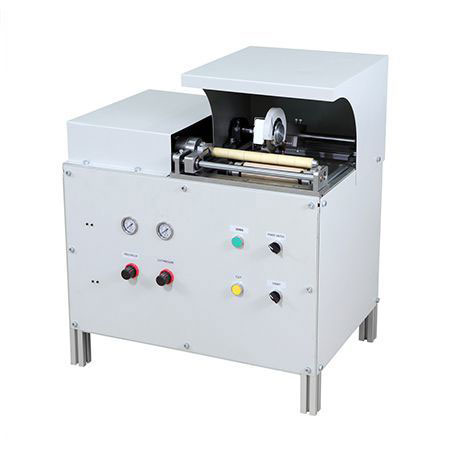 Manual Paper Core Cutting Machine
Manual Paper Core Cutting Machine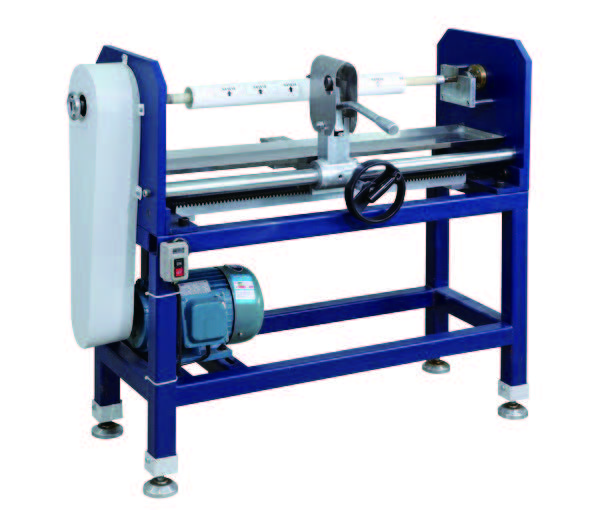 Manual Foil Roll Cutting Machine
Manual Foil Roll Cutting Machine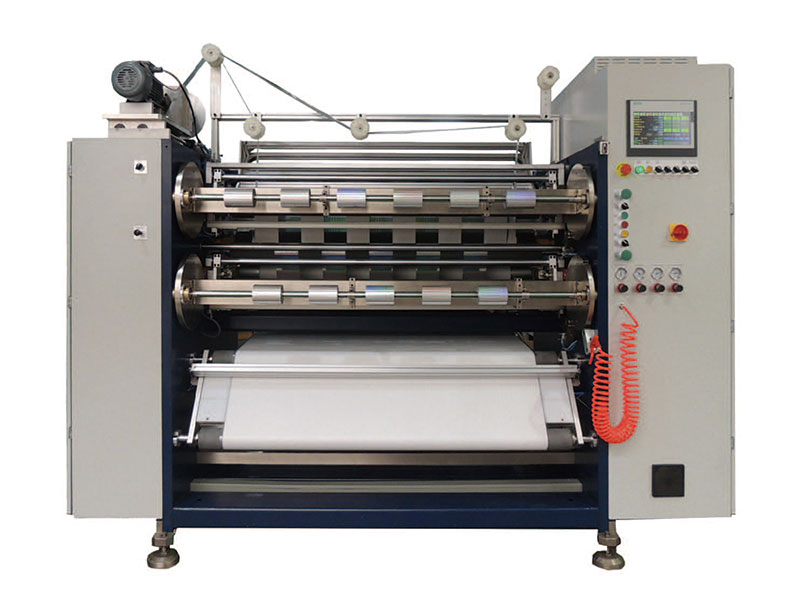 1350mm/1600 Foil Slitting Machine
1350mm/1600 Foil Slitting Machine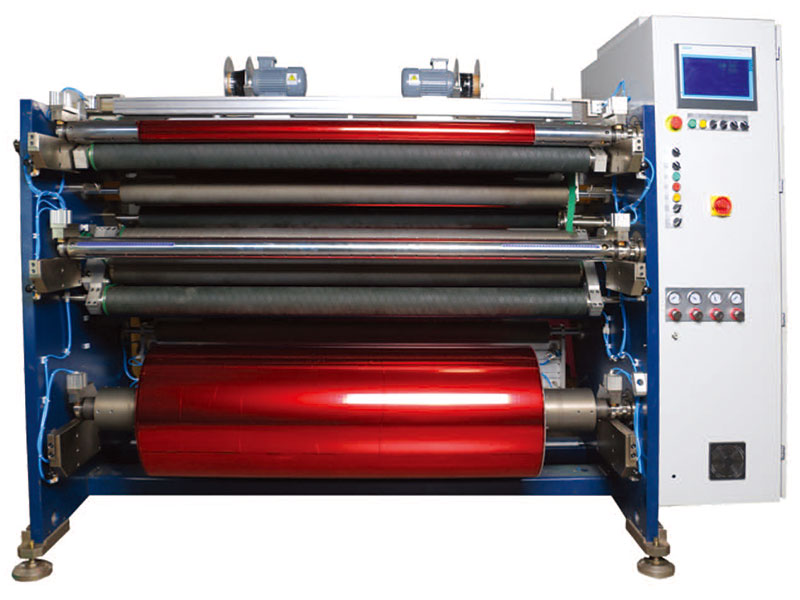 1600mm Foil Slitting Machine
1600mm Foil Slitting Machine

